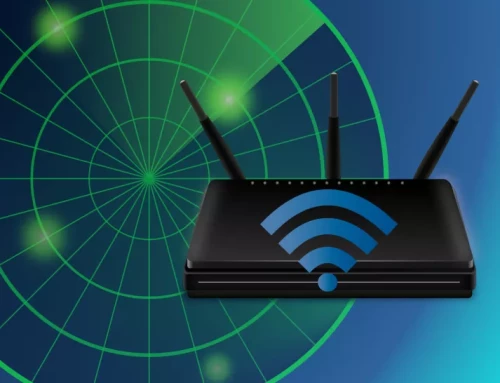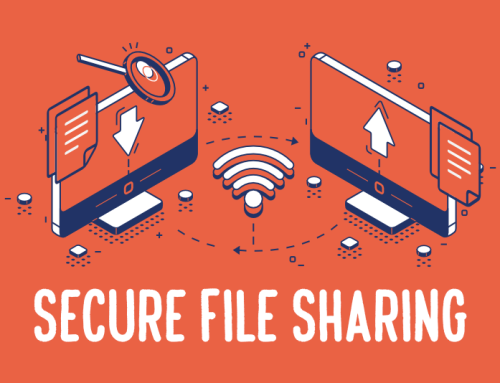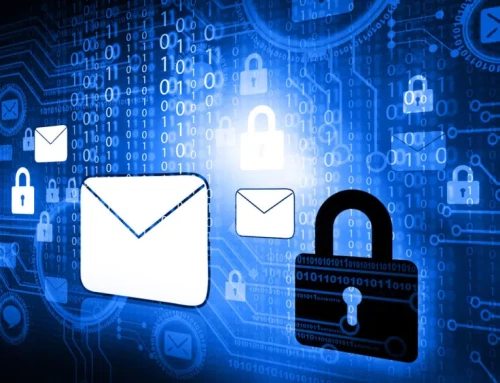Antivirus Quarantine
Having dependable antivirus software is essential in today’s digital environment, where cyber threats continue to change and present risks to both individuals and organizations. Malicious software, also known as malware, must be found and eliminat by antivirus programs before it can do any damage. The ability to quarantine suspicious files is a crucial component of antivirus software. We will examine the idea of antivirus quarantine, its function, and how it helps to safeguard your system in this article.
What is Antivirus Quarantine
Antivirus software uses quarantine as a safety measure to separate potentially harmful files that have been found during a system scan. When an antivirus program determines a file to be suspect or malicious, it quarantines it in a safe, secure environment. The quarantine serves as a short-term storage space, keeping the file separate from the rest of the system and preventing it from running or infecting other files.
Purpose of Antivirus Quarantine
Antivirus quarantine’s main objective is to stop malware from being execut and from spreading throughout a computer system. Antivirus software isolates suspicious files in an effort to stop potential threats while lowering the possibility of unintentional execution by users or other programs. Before making any further decisions, like deleting or restoring the file, quarantining enables users to review and confirm the file’s security.
Benefits of Antivirus Quarantine
Protection from zero-day threats: An extra layer of protection against recently discover or unidentified malware is offered by antivirus quarantine. Quarantining suspicious files ensures that potential threats are contained until the antivirus vendor can analyze and provide the necessary updates or instructions, as antivirus programs may not have immediate knowledge of the latest threats.
Enhanc system stability
Antivirus quarantine separates potentially harmful files to stop malware from interfering with crucial system operations or corrupting crucial files. The stability and overall performance of your computer system are maintain by this isolation.
Quarantining gives users control and peace of mind by allowing them to review files before performing any irreversible actions. Users have the option to check the file’s nature, get professional advice, or have the file restor if it was mistakenly identifd as malicious. Users feel confident and at ease with this level of control, which reduces the possibility of accidentally deleting valid files.
Managing Quarantin Files
The user interface of antivirus software typically enables users to access and manage quarantin files. Users can review information about each quarantin file, such as its location, file type, and threat level, from the interface. Users can decide whether to permanently delete a file, restore it if they think it’s safe, or send it to the antivirus vendor for additional investigation.
Best Practices for Antivirus Quarantine
Review quarantin files on a regular basis: It’s crucial to frequently check the quarantine section of your antivirus program and review any files that are there. This enables you to take the necessary action and helps to ensure that legitimate files are not unintentionally quarantin.
Update your antivirus program
Updating your antivirus program guarantees that you have access to the most recent virus definitions and security updates. Your antivirus program can effectively identify and quarantine the most recent threats with the help of regular updates.
When restoring files, use caution. Carefully examine the authenticity and origin of the file before restoring it from quarantine. If in doubt, seek advice from cybersecurity experts or the antivirus provider to make sure the file is secure.
Antivirus quarantine is a crucial component of modern cybersecurity. By isolating potentially malicious files, it prevents the execution and spread of malware, safeguarding your computer system and data. Understanding how antivirus softawre works and following best practices for managing quarantin files will help you make inform decisions and maintain a secure computing environment. Stay vigilant, keep your antivirus software updat, and embrace the power of quarantine to bolster your defense against
What does quarantine mean in antivirus
Quarantine is a special isolated folder on a machine’s hard disk where the suspicious files detected by Antivirus and Antimalware protection are placed to prevent further spread of threats.
RAM Antivirus software often resorts to using a quarantine when it is unable to clean an infected file. Once the virus or file has been quarantined, it cannot interact with the system. It is advisable to delete suspected quarantined files as soon as possible.






